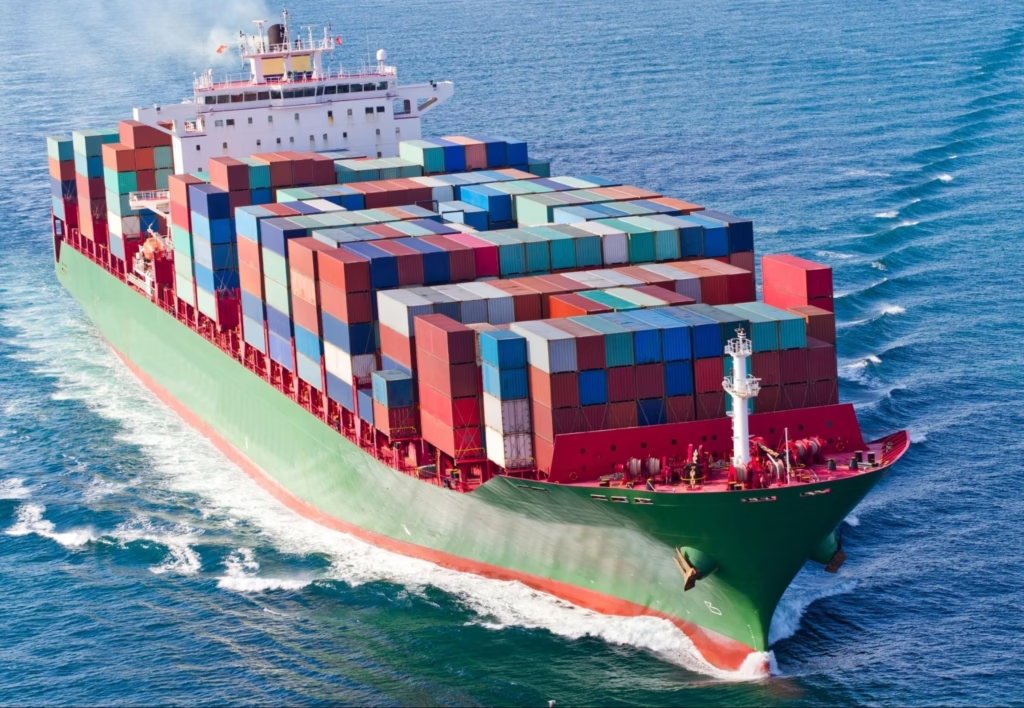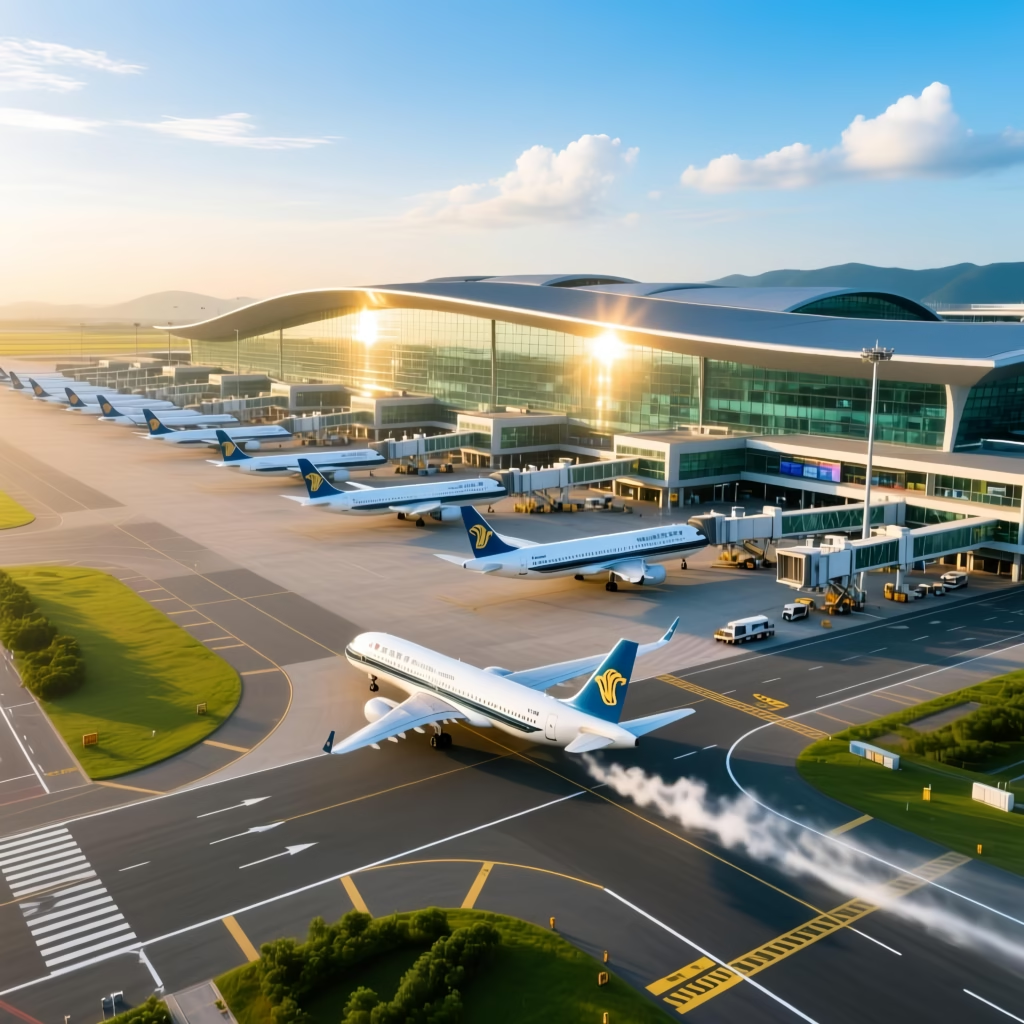Essential Maritime Shipping Terms: A Comprehensive Guide for Global Trade Professionals. Maritime shipping remains the backbone of international trade, carrying over 80% of global merchandise by volume according to the International Maritime Organization (IMO, 2024). For exporters, importers, freight forwarders, and logistics managers, understanding common shipping terminology is not just a matter of vocabulary—it’s a critical skill for ensuring smooth operations, avoiding costly misunderstandings, and complying with international regulations.
This guide expands on the original list of frequently used ocean freight terms, adding context, practical applications, and recent industry developments.
Key Shipping Agreements and Alliances
ANERA (Asia North America Eastbound Rate Agreement) A formal agreement among carriers on the Far East–North America eastbound trans-Pacific route to standardize freight rates. Example: In 2023, ANERA members adjusted rates upward due to rising fuel costs and port congestion in Los Angeles and Long Beach.
TWRA (Trans Pacific Westbound Rate Agreement) Similar to ANERA but for westbound traffic from North America to Asia. Recent Trend: Westbound rates saw a 12% increase in early 2024 due to strong demand for U.S. agricultural exports.
Fuel and Currency Surcharges
BAF (Bunker Adjustment Factor) A surcharge to cover fluctuations in fuel prices. Data Point: The average BAF in Q2 2024 rose by 18% compared to the previous year due to geopolitical tensions affecting oil supply.
CAF (Currency Adjustment Factor) Applied when currency exchange rates impact carrier costs. Example: In 2025, carriers trading with Japan applied a CAF due to yen depreciation.
EBS (Emergency Bunker Surcharge) Introduced during sudden spikes in fuel costs, often linked to crises such as the 2022 Russia–Ukraine conflict.
Container and Yard Operations
CY (Container Yard) Designated area for storing loaded or empty containers before shipment. Case: The Port of Singapore expanded CY capacity by 15% in 2024 to handle increased transshipment volumes.
CFS (Container Freight Station) Facility for consolidating or deconsolidating LCL (Less than Container Load) shipments. Tip: Using a CFS can reduce costs for small-volume exporters.
FCL vs. LCL
- FCL (Full Container Load): Exclusive use of a container.
- LCL: Shared container space with other shippers. Recent Data: LCL shipments grew 9% globally in 2024 due to rising e-commerce exports.
Documentation Essentials
B/L (Bill of Lading) A legal document issued by the carrier acknowledging receipt of cargo. Note: Electronic Bills of Lading (eB/L) adoption reached 35% in 2024, reducing paperwork delays.
D/O (Delivery Order) Authorizes the release of cargo to the consignee. Risk: Delays in D/O issuance can lead to demurrage charges.
C/O (Certificate of Origin) Certifies the country of manufacture, often required for preferential tariff treatment.
Charges and Fees
THC (Terminal Handling Charge) Covers the cost of loading/unloading containers at the port terminal. Trend: THC rates in major Asian ports increased by 7% in 2024 due to labor cost hikes.
Demurrage Fee for storage of containers beyond the free period at the port. Example: During the 2021–2022 supply chain crisis, demurrage fees in U.S. ports surged by over 300%.
Detention Fee for keeping a carrier’s container beyond the allowed time outside the port.
Shipping Schedules and Planning
ETA (Estimated Time of Arrival) & ETD (Estimated Time of Departure) Critical for planning inland transportation and customs clearance. Tech Update: AI-powered ETA predictions reduced delays by 15% in 2024 for Maersk customers.
POL (Port of Loading) & POD (Port of Discharge) Identifying these correctly is essential for routing and cost calculation.
Special Container Types
- HQ (High Cube) Taller than standard containers, offering extra volume. Use Case: Ideal for lightweight but bulky cargo like furniture.
- GOH (Garment on Hanger) Designed for transporting clothing without folding, minimizing wrinkles.
- Flat Rack Open-sided container for oversized cargo such as machinery.
Seasonal and Special Surcharges
PSS (Peak Season Surcharge) Applied during high-demand periods, typically August–October for holiday goods. Recent Case: PSS in 2024 rose sharply due to early holiday inventory stocking amid fears of supply chain disruptions.
Port Surcharge Extra fee for using congested or high-cost ports.
Regulatory and Industry Bodies
FMC (Federal Maritime Commission) U.S. agency regulating ocean transportation. Update: In 2024, FMC introduced stricter transparency rules for demurrage and detention billing.
FIATA (International Federation of Freight Forwarders Associations) Sets global standards for freight forwarding practices.
Modern Trends in Maritime Logistics
Digitalization The rise of Electronic Data Interchange (EDI) and blockchain-based shipping documentation is streamlining processes and reducing fraud.
Sustainability IMO’s 2023 regulations mandate a 40% reduction in carbon intensity by 2030, pushing carriers toward LNG-powered vessels and alternative fuels.
Resilience Planning Post-pandemic, shippers are diversifying routes to avoid chokepoints like the Suez Canal, which saw a six-day blockage in 2021 costing global trade an estimated $9.6 billion.
Mastering maritime shipping terminology is more than academic—it’s a competitive advantage in global trade. By understanding these terms and staying updated on industry trends, businesses can negotiate better contracts, avoid unnecessary fees, and ensure timely delivery.
In a world where supply chain disruptions can ripple across continents, knowledge is not just power—it’s profit.
you may also want to read: what is CNF Shipping Term
A Guide to China’s Top 5 Airports 2025
Soaring Through the Middle Kingdom: A Guide to China’s Top 5 Airports 2025, China’s meteoric…
The Ultimate Guide to Sourcing & Shipping Christmas Ornaments from China
The Ultimate Guide to Sourcing & Shipping Christmas Ornaments from China. The holiday season is…
Decoding Shunde: The Ultimate Guide to the World’s Appliance Capital
Decoding Shunde, If you’ve ever turned on a microwave, blended a smoothie, or adjusted your…




